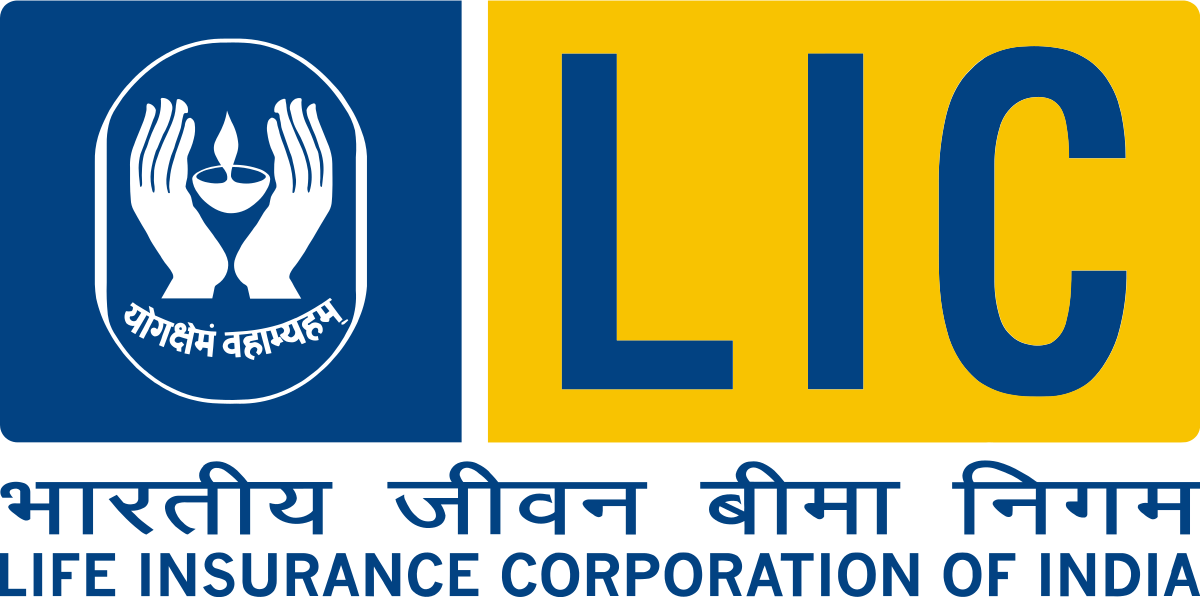National Pension Scheme Returns, Maturity Amount Taxation Rules Explained!

The National Pension Scheme is gradually becoming a popular choice for Indians due to the considerable returns in recent years. NPS is a government-sponsored pension and investment scheme to provide old age security to Indian citizens.
This scheme is supervised by the PFRDA (Pension Fund Regulation and Development Authority). The National Pension System Trust (NPST) established by PFRDA is the registered owner of all assets under the National Pension Scheme.

Subscribers regularly contribute to NPS during work to create retirement funds. After retirement or withdrawing from the scheme, the subscriber can be provided with a corpus, whose task is to put part of the corpus into an annuity to provide a monthly pension after retirement or withdraw from the scheme.
If you invest in NPS, when you retire at the age of 60, you can use at least 40% or all of your accumulated pension to purchase an annuity plan from an insurance company, which will provide you with a monthly pension.
National Pension Scheme Returns:
In the past year, all pension fund managers’ stock and debt plans have given double-digit returns, so NPS plans have performed better than others. Both primary and secondary accounts have shown incredible returns. The return rate of NPS Plan E last year was as high as 22%, which was consistent with the benchmark return rate.
Last year, the HDFC pension fund’s primary account return rate was 21.77%, followed by ICICI Prudential Pension Fund (20.50%) and Aditya Birla Sun Life (20.90%). The minimum return of the LIC pension fund in the first-level NPS account G program is 17.96%.

The debt schemes under the NPS, C & G schemes also brought double-digit returns. Under Scheme C, which invests in corporate bonds, the LIC pension fund produced the highest return of 15.19% in the past year.
NPS’ scheme G invests in government bonds and related securities. This is a low-risk investment option. In the past year, double-digit returns have been attracting naive investors to invest in such schemes, with an average return of 13.66%.
In the past five years, the average return of NPS Scheme E is about 15%, while the 10-year return is about 11%. Under Scheme C and G, the returns obtained under the NPS debt plan fell from about 14% of the peak to about 11.2% and 10%, respectively.
NPS Returns, Maturity Amount Taxation Rules:
There are many debates about whether NPS provides Exempt-Exempt-Exempt tax benefits. In order to make an investment instrument a Triple E or tax exemption, it should meet the following three conditions:
- The investment qualifies for exemption from taxes.
- The income earned from investments is tax-free.
- Income at maturity is not taxable.
Technically speaking, NPS satisfies all three conditions, sometimes called exempt-exempt-exempt or triple E. However, there is a catch.
The last part about the withdrawal of maturity income comes with some conditions. Although cash withdrawals at retirement are not taxed, there is a condition that part of the money needs to be used for annuity instruments.
According to current tax laws, the money received from the annuity will be added to your taxable income. Here, the third condition for the instrument to be eligible for tax exemption is a conflict of views.
Therefore, although technically speaking, NPS is a Triple E tool that meets the three previously proposed standards, there is a catch due to the mandatory annuity plan involved.
NPS Tax Advantages Under Section 80CCD:

Tax Benefits Available to Individual: Any individual who becomes an NPS subscriber can apply for tax benefit within the overall upper limit of Rs. 1.5 lakh in accordance with 80 CCD (1).
Exclusive Tax Benefit Of 80CCD (1B) For All NPS Subscribers: Upto Rs. 50,000 in NPS is deductible for investment. According to section 80CCD (1B), NPS subscribers can only use 50,000 NPS (first-level accounts). This exceeds the deduction of Rs. 1.5 lakh available under section 80C of the Income Tax Act. 1961.
Tax Benefits Under The Corporate Sector:
- Corporate Subscriber: According to u/s 80CCD(2) of the Income Tax Act, subscribers under the corporate sector can obtain additional tax benefits. The employer’s NPS contribution (for the benefit of the employee) is up to 10% of the salary (basic + DA), which can be deducted from the taxable income without any amount limit.
- Corporates: The maximum salary paid by the employer for NPS is 10% (basic + DA), which can be deducted from its income statement as “business expenses”
Please note: Tax benefits only apply to investments in Tier 1 accounts.
In addition to the tax benefits stipulated in the “80CCD”, there are other tax benefits available under NPS:
Tax Benefits on Partial Withdrawal: Subscribers can withdraw funds from the NPS Tier 1 account before the age of 60 for specific purposes. According to the 2017 budget, 25% of the withdrawal of subscriber contributions is tax-free.
Tax Benefit on Annuity Purchase: The investment amount for purchasing annuities is completely tax-free. However, the annuity income you receive in subsequent years will be subject to income tax.
Tax Benefits on One-Time Withdrawal: After the subscriber reaches 60 years of age, up to 40% of the total subject of one-time withdrawal is exempt from tax.
For example: If the total corpus at the age of 60 is 1 million, it accounts for 40% of the total corpus, that is, 400,000, and you can withdraw without paying taxes. Therefore, if you use 40% of the NPS corpus for a one-time withdrawal and the remaining 60% is used for annuity purchases when you retire, you do not need to pay any taxes at that time.
Only the annuity income you receive in the next few years is subject to income tax. It is worth remembering that there are no tax benefits for investments in Tier-II NPS accounts.




